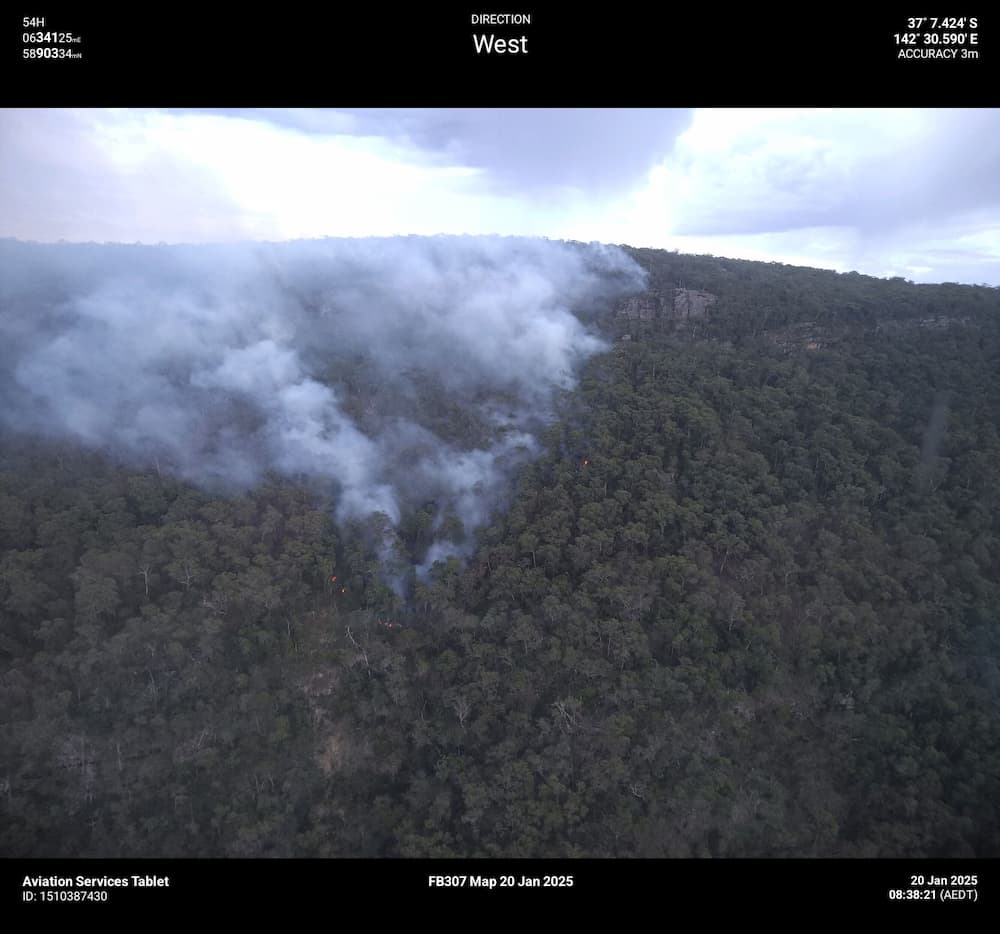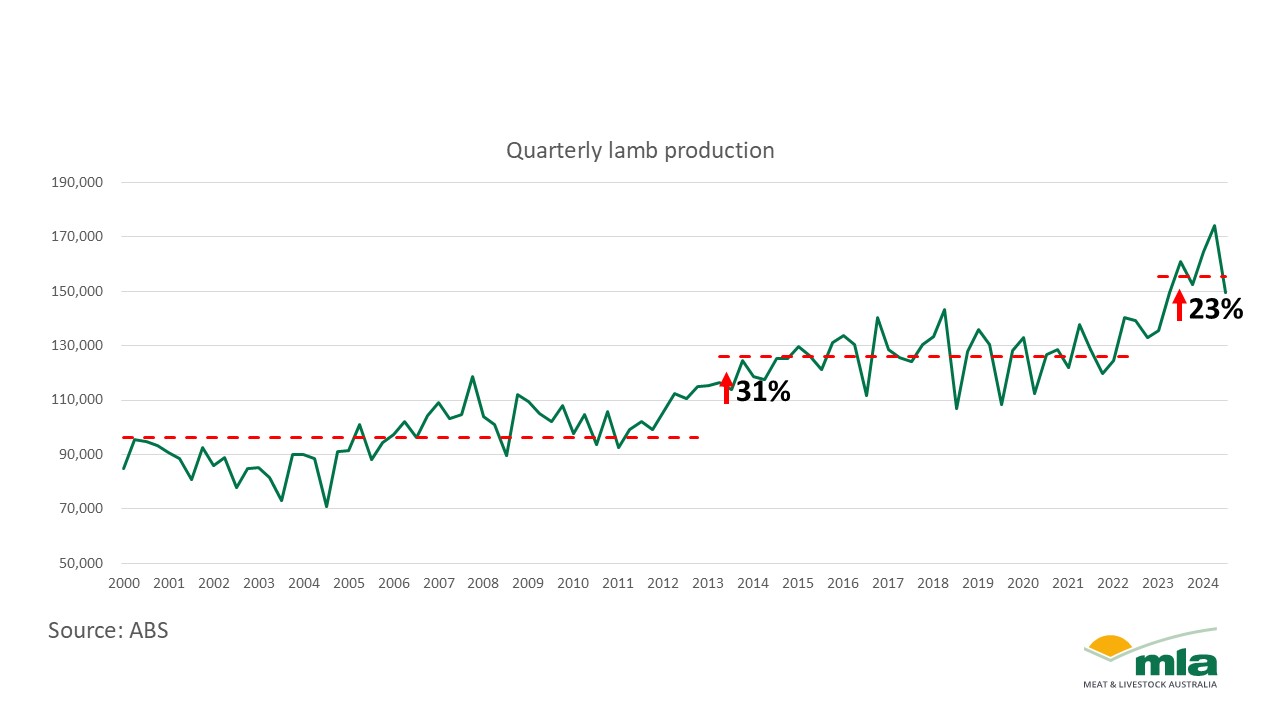AGA has released a new Clinical Practice Update providing best practices for hepatocellular carcinoma (HCC) screening and surveillance in patients with nonalcoholic fatty liver disease (NAFLD).
The guidance published in Gastroenterology’s May issue, “,” provide recommendations and guidance on several key clinical issues pertaining to HCC risk, screening and interventions in patients with NAFLD.
The authors have provided the following best practice advice statements to address key issues in clinical management:
CLINICAL PRACTICE ADVICE
- Screening for HCC should be considered in all patients with cirrhosis due to NAFLD.
- Patients with NAFLD with noninvasive markets showing evidence of advanced liver fibrosis cirrhosis of advanced liver fibrosis cirrhosis should be considered for HCC screening.
- Patients with NAFLD in the absence of advanced liver fibrosis should not be routinely considered for HCC screening.
- Adequacy of ultrasound in assessing the liver parenchyma for mass lesions should be documented when used for HCC screening patients with cirrhosis due to NAFLD.
- When the quality of ultrasonography is suboptimal for screening of HCC (e.g., due to obesity) future screening should be performed by either CT or MRI scan, with or without a-fetoprotein, every six months.
- Patients with cirrhosis due to nonalcoholic fatty liver disease should be counseled on abstaining for alcohol drinking and tobacco smoking.
- Optimal management through lifestyle modification and pharmacotherapy is encouraged in patients with NAFLD and advanced liver fibrosis who are at risk for HCC.
- Optimal management of obesity through lifestyle modification, pharmacotherapy, or endoscopic or surgical bariatric procedures is encouraged in patients with NAFLD and advanced liver fibrosis who are at risk for HCC.
View the full to review the complete best practice advice.
/Public Release. View in full .








